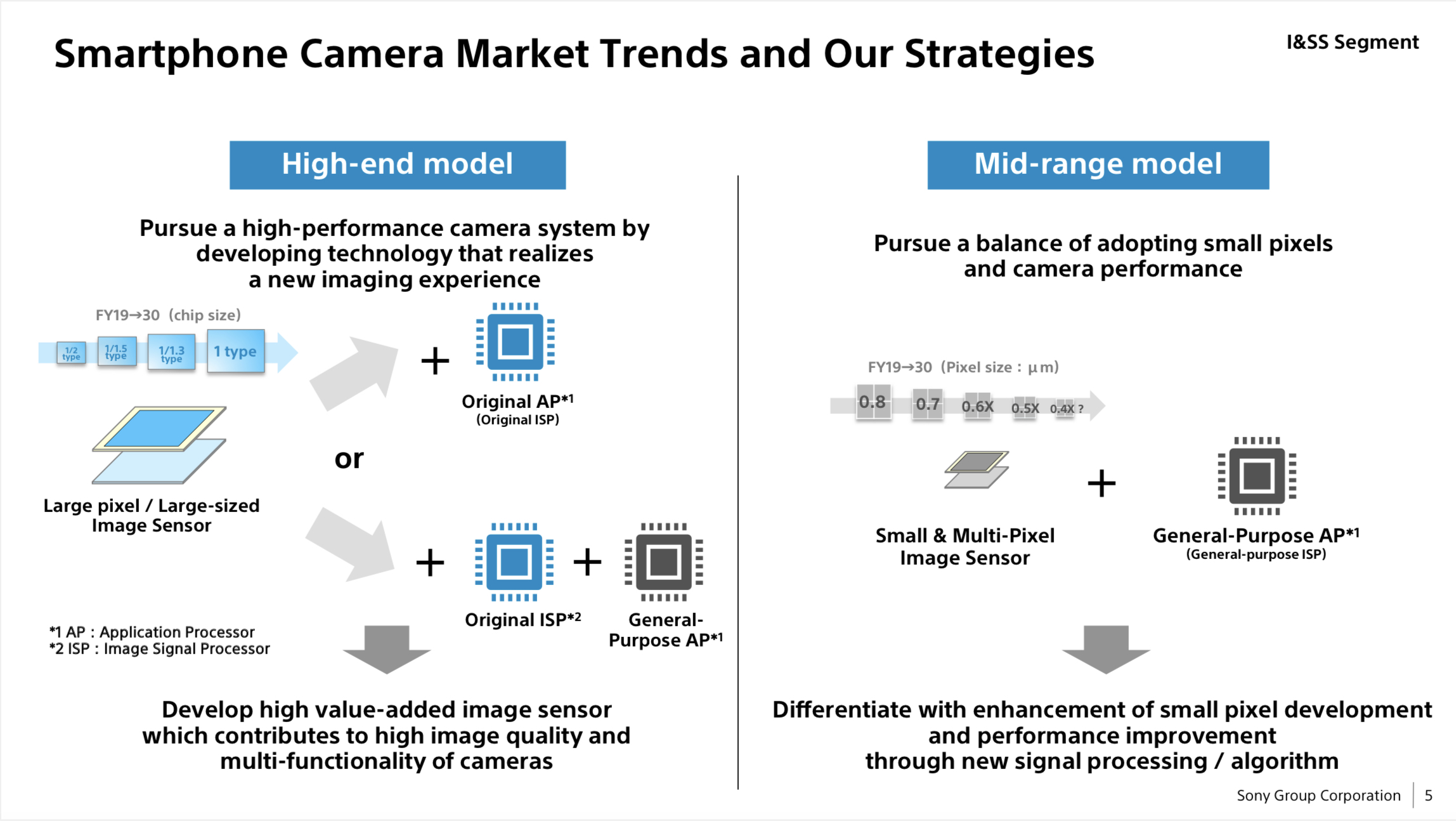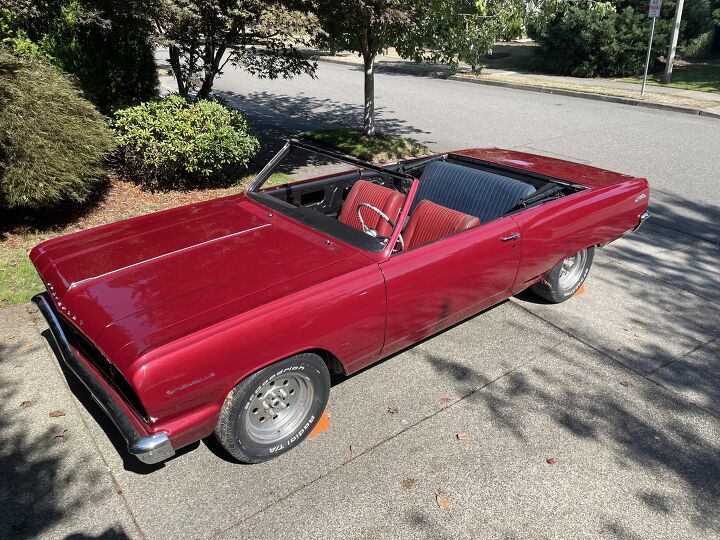
When it comes to sensors in smartphones, Sony is one of the top brands for camera sensors, with the likes of the IMX707 on the Xiaomi 12 Pro, the IMX800 on the HONOR 70 series, and the IMX866 on the vivo X80. The camera performance of smartphones have been inching closer to traditional digital cameras rapidly in the past few years, and Sony Semiconductor Division CEO Terushi Shimizu has a bold claim: that by 2024, smartphones will outdo the performance of SLRs.

Shimizu’s rather bold claim, which was reported by Nikkei Asia, is backed by a mix of brighter apertures, larger sensors, and improvements in computational photography. In its presentation materials, Sony points out that the mobile imaging marker is getting larger year by year, noting that the high-end segment greatly benefits from it. Looking at the high-end segment, Sony also notes that sensors used in flagship phones have become significantly bigger between 2021 and 2022.

Aside from larger sensors, Sony also notes that some brands used dedicated ISPs (ie. MariSilicon X, V1+) to help further improve overall imaging performance. For mid-range phones, Sony explains that the focus in that segment is on getting a good balance in designing small image sensors with multiple pixels.

Aside from the bold claim that smartphones will outperform SLRs by 2024, Sony gave a detailed timeline on how multi-camera setups will evolve. We are already seeing main cameras featuring larger sensors and brighter apertures, and Sony sees ultra-wide-angle and telephoto cameras getting key improvements as well: improved video performance for the former and higher magnification range for the latter.

Other key improvements Sony sees in smartphones include better readout speeds for 8K video, multi-frame processing for better HDR output, improved AI processing, and improved functionality of LiDAR or ToF sensors for better autofocus speeds. Moving to 2030, Sony sees that more smartphones will adopt periscope cameras.
Comments (0)
Read more interting post about Technology at Autotoday.info








